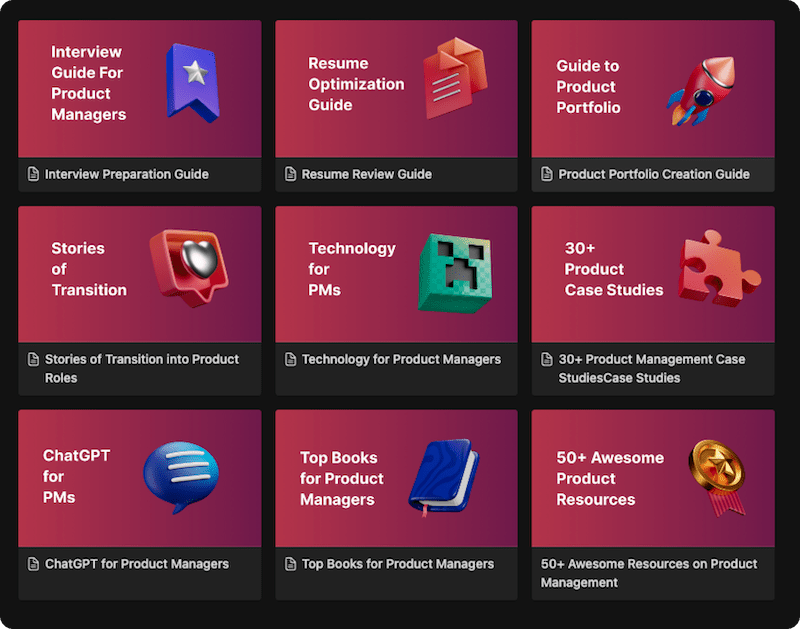Ever finished a sprint feeling like your team is stuck in a loop, facing the same obstacles time and again? As a product manager, you know the pressure of delivering value, but what if the key to unlocking your team’s true potential lies not in looking forward, but in looking back? This is where the Sprint Retrospective comes in, a powerful ceremony that can transform your team from simply doing agile to being agile. This guide will take you on a journey from understanding the basics of a retrospective to mastering its facilitation, ensuring you can turn every sprint’s end into a new beginning for growth and efficiency.
Definition and Origin
The concept of the retrospective is a core component of the Scrum framework, an agile methodology for developing and delivering complex products. As described in the official Scrum Guide, the purpose of the Sprint Retrospective is “to plan ways to increase quality and effectiveness.” It’s the final event in a sprint, providing a formal opportunity for the team to focus on inspection and adaptation. The roots of this practice lie in the agile value of “responding to change over following a plan” and the principle of continuous improvement, often referred to as Kaizen in Lean methodologies.
Benefits and Use Cases: Why It’s a Game-Changer
A well-executed retrospective isn’t just another meeting; it’s the engine of your team’s growth. Here’s why it matters:
- Empowers the Team: It gives a voice to every team member, fostering a sense of ownership and accountability.
- Drives Continuous Improvement: By regularly identifying and addressing issues, the team can incrementally improve its processes, leading to higher velocity and better quality.
- Improves Team Morale: It provides a safe space for open and honest communication, helping to resolve conflicts and build trust among team members.
- Increases Efficiency: By pinpointing bottlenecks and inefficiencies, the team can devise solutions to streamline their workflow.
- Enhances Product Quality: Improvements in the development process often lead to a higher-quality product with fewer bugs and a better user experience.
How a Sprint Retrospective Works: A 5-Step Guide
While there are many formats a retrospective can take, a classic and effective structure, popularized by Esther Derby and Diana Larsen in their book “Agile Retrospectives: Making Good Teams Great,” involves five key stages.
1. Set the Stage (5-10 minutes)
The goal here is to create a safe, open environment and get everyone focused. The facilitator (often the Scrum Master) should:
- Welcome everyone and state the purpose of the meeting.
- Review the agenda and the timebox (typically 60-90 minutes for a two-week sprint).
- Remind the team of the Prime Directive: “Regardless of what we discover, we understand and truly believe that everyone did the best job they could, given what they knew at the time, their skills and abilities, the resources available, and the situation at hand.” This is crucial for fostering a blame-free environment.
2. Gather Data (15-20 minutes)
This phase is about creating a shared picture of the past sprint. The team collectively brainstorms events, feelings, and metrics from the sprint. This should be a factual recall of what happened. Common techniques include:
- Timeline Creation: The team collaboratively builds a timeline of the sprint, adding key events, milestones, and emotional highs and lows.
- Mad, Sad, Glad: Team members write down what made them mad, sad, and glad during the sprint on sticky notes and group them on a whiteboard.
3. Generate Insights (15-20 minutes)
Now, the team moves from “what happened” to “why it happened.” The goal is to identify patterns, themes, and root causes behind the data gathered. The facilitator might ask questions like:
- “What patterns do you see here?”
- “What was the common factor in all the ‘mad’ items?”
- “Why do you think this particular event was a high point for us?”
4. Decide What to Do (10-15 minutes)
With insights in hand, the team brainstorms actionable improvements. It’s crucial to move from complaining to problem-solving. A few tips for this stage:
- Focus on what’s within the team’s control.
- Use dot voting to prioritize the most impactful ideas.
- Choose only 1-2 improvements to focus on in the next sprint to avoid being overwhelmed. The goal is small, incremental change.
5. Close the Retrospective (5 minutes)
End the meeting on a positive and forward-looking note. The facilitator should:
- Summarize the key takeaways and the chosen action items.
- Assign owners to the action items to ensure accountability.
- Thank everyone for their participation and honest feedback.
Mistakes to Avoid: Common Retrospective Pitfalls
- Blame Game: The retrospective should be a safe space. The moment it turns into finger-pointing, its value is lost.
- No Action Items: If the discussion doesn’t lead to concrete, actionable steps, the retrospective becomes a pointless exercise.
- Ignoring Action Items: The action items identified must be tracked and implemented in the next sprint. They should be as important as any other task in the Sprint Backlog.
- Repetitive Format: Using the same format every time can lead to boredom and disengagement. Mix it up with different techniques.
- Skipping Retrospectives: When time is tight, the retrospective is often the first ceremony to be skipped. This is a mistake, as it’s the primary mechanism for improvement.
Examples and Techniques in Action
To keep your retrospectives fresh and engaging, here are a few popular formats you can try:
- Start, Stop, Continue: A simple and direct method where the team identifies what they should start doing, stop doing, and continue doing.
- The 4 Ls (Liked, Learned, Lacked, Longed For): This format encourages a balanced reflection on both positive and negative aspects of the sprint.
- Starfish Retrospective (Keep Doing, More Of, Less Of, Stop Doing, Start Doing): This provides a more nuanced view than Start, Stop, Continue, allowing for activities that are good but could be done more or less.
- Sailboat/Speedboat: A visual metaphor where the team identifies:
- The Island (Goal): The sprint goal.
- The Wind (What helped us): Things that pushed the team forward.
- The Anchors (What slowed us down): Impediments and blockers.
- The Rocks (Risks): Potential future problems.
Real-World Example:
Imagine a team that consistently fails to complete all their planned user stories. In their retrospective using the Sailboat format, they identify:
- Wind: Strong collaboration between two senior developers.
- Anchors: Vague acceptance criteria in User Stories, leading to extensive rework.
- Rocks: A key team member has planned vacation in the next sprint.
Based on this, they generate an action item: “The Product Owner will schedule a 30-minute backlog grooming session with the tech lead before the next Sprint Planning to clarify acceptance criteria for the top 5 stories.” This is a specific, measurable, and actionable improvement.
Sprint Retrospective vs. Sprint Review
A common point of confusion for beginners is the difference between a Sprint Retrospective and a Sprint Review.
| Factor | Sprint Review | Sprint Retrospective |
| Purpose | To inspect the product increment and adapt the Product Backlog. | To inspect the team’s process and identify ways to improve. |
| Focus | What the team is building (the product). | How the team is building it (the process). |
| Attendees | Scrum Team, stakeholders, customers. | The Scrum Team only (Developers, Scrum Master, Product Owner). |
| Outcome | A revised Product Backlog and a forecast for the next sprint. | A list of 1-2 actionable improvement items for the next sprint. |
Conclusion
The Sprint Retrospective is more than just a ceremony; it’s the heartbeat of an agile team. It’s the embodiment of a growth mindset, providing a structured opportunity to pause, reflect, and adapt. By championing this practice, you, as a product leader, are not just optimizing a process; you are cultivating a culture of transparency, collaboration, and relentless improvement. A team that masters the art of the retrospective is a team that is resilient, efficient, and ultimately, more successful in delivering value to your customers and the business.
So, in your next sprint, don’t just finish the work and move on. Take the time to look back. Ask the tough questions, celebrate the wins, and commit to being just a little bit better next time. It is in these small, consistent steps of reflection and adaptation that truly great teams are forged, turning the cycle of a sprint into an upward spiral of excellence.
FAQ’s
The entire Scrum Team, which includes the Developers, the Scrum Master, and the Product Owner. It’s an internal meeting, so external stakeholders or managers should not attend, as their presence can prevent open and honest communication.
The Scrum Guide timeboxes it to a maximum of three hours for a one-month sprint. For shorter sprints, it’s usually shorter. A common rule of thumb is 45 minutes for each week of the sprint (e.g., a 90-minute retrospective for a two-week sprint).
The most crucial output is a plan with one or two actionable and achievable improvement items that the team will implement in the next sprint.
Absolutely! In fact, it’s highly recommended to vary the format to keep the team engaged and to look at problems from different perspectives.
As a member of the Scrum Team, the Product Owner’s participation is vital. They provide perspective on how processes affected the sprint goals and can help clarify issues related to the product backlog and stakeholder communication. They are an equal participant in identifying and committing to process improvements.
Learn better with active recall quiz
How well do you know What is a Sprint Retrospective? Let’s find out with this quick quiz! (just 10 questions)


